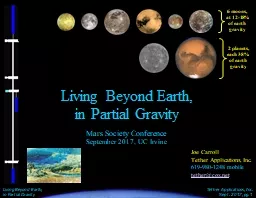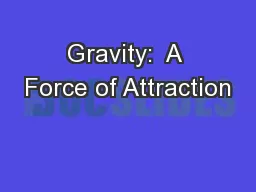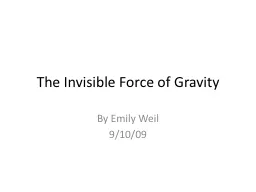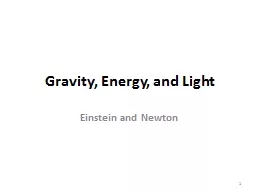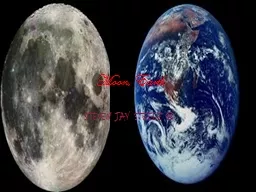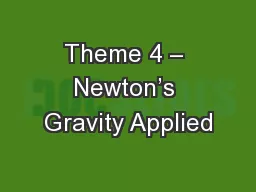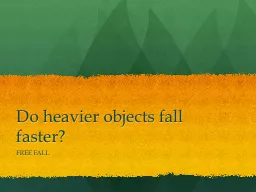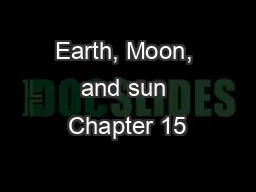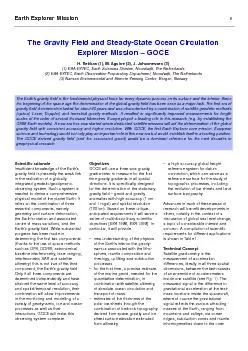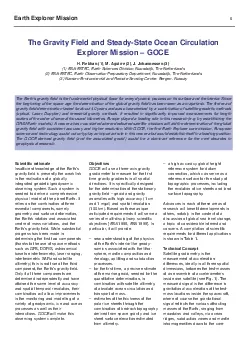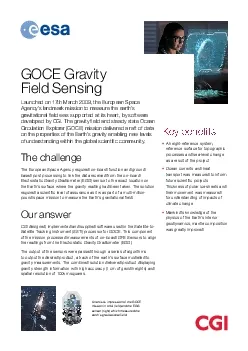PPT-Living Beyond Earth, in Partial Gravity
Author : alexa-scheidler | Published Date : 2018-02-26
Mars Society Conference September 2017 UC Irvine Joe Carroll Tether Applications Inc 6199801248 mobile tethercoxnet 6 moons at 1218 of earth gravity 2 planets
Presentation Embed Code
Download Presentation
Download Presentation The PPT/PDF document "Living Beyond Earth, in Partial Gravit..." is the property of its rightful owner. Permission is granted to download and print the materials on this website for personal, non-commercial use only, and to display it on your personal computer provided you do not modify the materials and that you retain all copyright notices contained in the materials. By downloading content from our website, you accept the terms of this agreement.
Living Beyond Earth, in Partial Gravity: Transcript
Download Rules Of Document
"Living Beyond Earth, in Partial Gravity"The content belongs to its owner. You may download and print it for personal use, without modification, and keep all copyright notices. By downloading, you agree to these terms.
Related Documents

